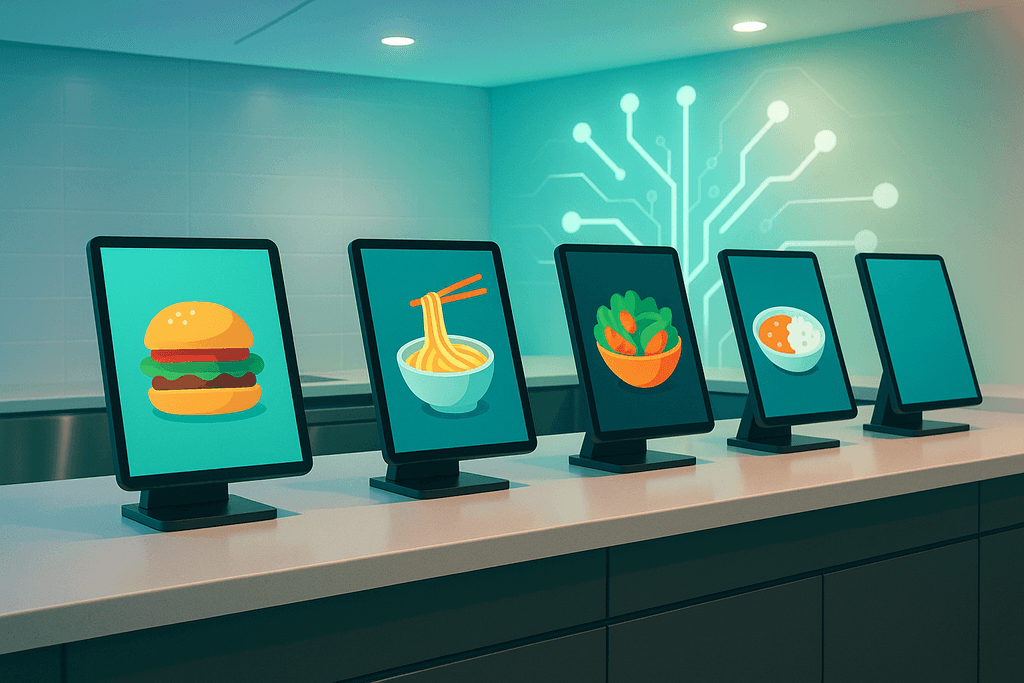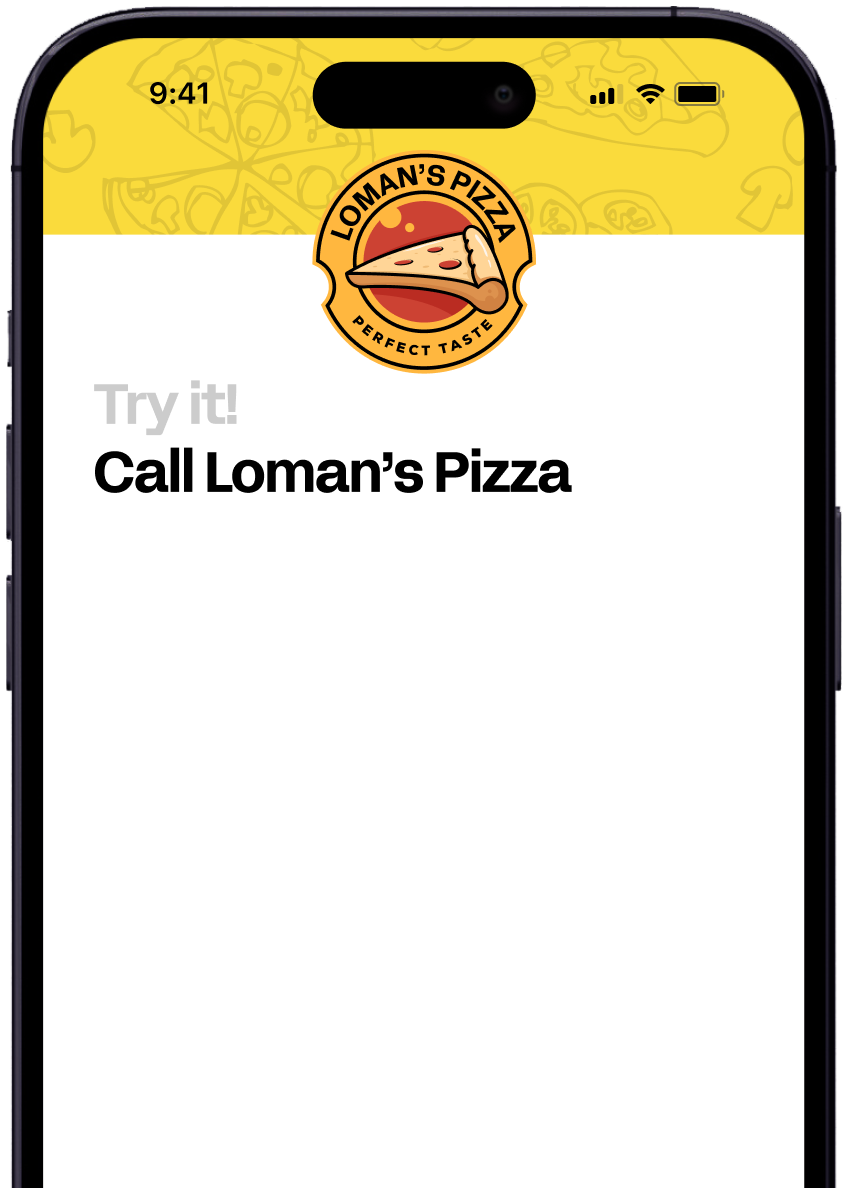March 13, 2024

In today's fast-paced world, pest control businesses are increasingly turning to technology to enhance efficiency, improve customer service, and stay ahead of the competition. From scheduling and dispatching to customer relationship management and compliance, technology offers a range of solutions that can transform the way pest control services operate. This article explores the various technological tools and software that can benefit pest control businesses, including:
Whether you're a small local operation or a nationwide enterprise, integrating the right technology can lead to better service delivery, increased productivity, and ultimately, business growth. Here's a closer look at how technology is shaping the future of pest control businesses.
By using software for managing the business, keeping track of customer relationships, and organizing field service operations, pest control companies can work more efficiently. Choosing the right tech tools can help these businesses serve their customers better, save time and money, and stay ahead in the market.
Business management software is super important for pest control companies because it helps keep everything in one place and makes work smoother. This kind of software makes it easier to see what's going on in the company and cuts down on having to do things by hand. Here's how it helps:
By connecting everything from scheduling jobs to handling money, business management software is a big deal for keeping pest control work organized and making sure customers are happy. It makes it easier to get the most out of technicians and provide top-notch service.
When looking for the best software to help run a pest control business, here are some great options that make things easier, improve service for customers, and help the business grow. Let's dive into a few popular ones:
Housecall Pro is easy to use and made for home service companies, including pest control. It has features like:
Housecall Pro makes it simpler to manage schedules, send out technicians, and keep track of work in the field. It costs about $49 per month to start.
PestPac by WorkWave is made just for pest control businesses. It includes:
PestPac offers tools that are specifically useful for pest control companies. They don't share their prices online.
ServSuite by FieldRoutes is a cloud-based software for service businesses. Its main features are:
ServSuite focuses on making routing, scheduling, and communication smoother. Previously, prices started at $126 per month.
When picking software for your pest control business, think about what you need help with the most, like planning schedules, sending out technicians, making reports, and more. Choosing the right software can make your business run more smoothly, keep customers happy, and help your technicians do their best work.
Explore new tools like mobile apps, IoT devices, AI, and more that are changing how pest control services are delivered and their results.
Mobile apps are changing the game for pest control by making it easy for workers to talk in real time, manage jobs smoothly, and access information while they're out and about. Here's how technicians can use apps to do better:
By giving field workers mobile tools, companies can respond faster and more clearly to customers while cutting down on delays from old-school methods.
The Internet of Things (IoT) includes smart devices like connected traps, sensors, and monitors that help with finding and stopping pests in real time. Here are the main advantages:
With these new IoT tools, pest control workers can move from just reacting to problems to preventing them, using data to act before things get worse.
AI and machine learning can really help make pest control work better, including:
As AI gets better, pest control companies can use these tools to improve everything from selling their services to how they help customers, making sure they do the best job possible while saving time and money.
Before you pick out any tech tools for your pest control business, it's smart to first figure out what your company really needs. Make a list of the things you must have, like a way to plan schedules, send out bills, and so on. Think about the main issues you're trying to fix, such as cutting down on travel time between jobs, keeping an eye on how much stock you have, or getting better at talking to your customers.
Decide which improvements would help your business the most and think about what you might need down the road, like offering new services or hiring more people. Make sure you know what you're looking for in terms of how easy the software is to use, how it'll be set up, how you'll learn to use it, and the kind of help you can get after it's up and running. Knowing exactly what your business needs and wants will help you choose the best tech tools.
With your list of needs in hand, start looking at software by trying out demos and free trials. Pick ones that match your top needs and can work with any systems you already have. Be sure to ask how they keep your data safe.
When comparing different options, pay attention to how easy they are to use, what features they offer, how they're built, and how much they cost. For software focused on managing fieldwork, check if it can track where your workers are and if it works without the internet. Look for software that lets you connect other programs easily.
Think about whether the software can grow with your business. Also, consider how much help you'll get setting it up, learning to use it, and solving problems later on. Getting feedback from your team, who will be using the software every day, is also important for making sure it works well for everyone.
When you're ready to start using new software, do it step by step to make things easier. First, try it out with just a few people before getting everyone on board. Teach your team how to use the main features with videos, online guides, and helpful hints right in the software.
Get tips from the software company on the best way to set things up, move your old data over, and let everyone know what's changing. Listen to what your team has to say about the new software so you can fix any problems right away.
Picking and starting to use the right technology for your pest control business needs careful planning and ideas from both the bosses and the workers. Following a clear plan for choosing and starting to use new software will help you get the most out of it.
Let's look at some real stories of how different pest control companies have used technology to make their work better, serve their customers well, and grow their businesses.
Orkin, a big name in pest control with over 400 locations, wanted to do their job more efficiently and keep their customers happier. They chose ServSuite field service software, which helped them see where their technicians were, made scheduling and sending technicians out easier, let technicians access customer info and history on the go, made payments contactless, and worked well with their accounting systems.
The results? Their technicians got 20% more work done, they kept 10% more customers coming back, cut down on paperwork, and grew their operations smoothly. This shows how even large pest control companies can get better by using the right technology.
A pest control business with 15 locations in the Southeast US wanted to work smarter. They started using Housecall Pro, a cloud-based system, and saw big improvements. They could plan routes better, access customer details and complete service orders on mobile devices, and keep track of equipment with GPS.
They ended up doing 30% more jobs each day, spent 40% less time driving between jobs, got paid faster, and stopped using paper forms, which helped them grow quickly in their region. This story highlights how medium-sized pest control firms can use technology to do more work in less time.
A family-owned pest control company with a strong local presence wanted to update how they interact with customers. They picked PestPac's software, which let them offer an online portal for customers to manage their services, send automated reminders for treatments, accept mobile payments, keep digital records, run targeted email marketing, and use data to know their customers better.
They saw more customers sticking around, signed more ongoing service agreements, offered more personalized service, went paperless, and prepared for more customers in the future. This example shows how small, local pest control businesses can use technology to give their customers a better experience.
Technology is really important for pest control businesses these days. It helps companies do their job better, faster, and make customers happier. By using the right tech tools, businesses can handle everything from office work and keeping track of stuff to making sure workers go where they need to be and talking to customers the right way.
In short, technology helps pest control companies do more with less effort. It takes care of jobs that usually take a lot of time, gives useful information to make smart choices, and makes things smoother for both workers and customers. This leads to doing things more efficiently, making more money, and being able to grow.
Here are some ways technology changes the game:
Also, new tech like chatbots, learning from data, and guessing where pests will show up next can help stop problems before they get big.
Today, using technology is a must for pest control businesses. Those who start using tech now will be better off in the long run. The world of tech keeps growing, so getting started now is key, no matter how big your company is.
Putting in new tech takes some planning and adjusting, but it's definitely worth it in the end. Technology is changing how pest control works, and it's exciting to see where it will go next.
In pest control, we use a bunch of cool tools and tech to keep pests away, such as:
Basically, pest control is about keeping pests under control so they don't ruin crops, buildings, or make people and animals sick. It's about using smart ways to keep pest numbers low. As farming takes up more land, it's even more important to know how to manage pests without harming the environment. Knowing about pests and how they fit into farming is key.
Yes, you can make good money with a pest control business. Here's why:
Keeping costs low and focusing on keeping customers and offering more can lead to great profits.
A pest control technician does things like:
It's a job where you start with basic skills and learn a lot on the job, helping people directly while working under a licensed company.

Enter your information in the form to receive a call from Loman and place an order like a customer would!